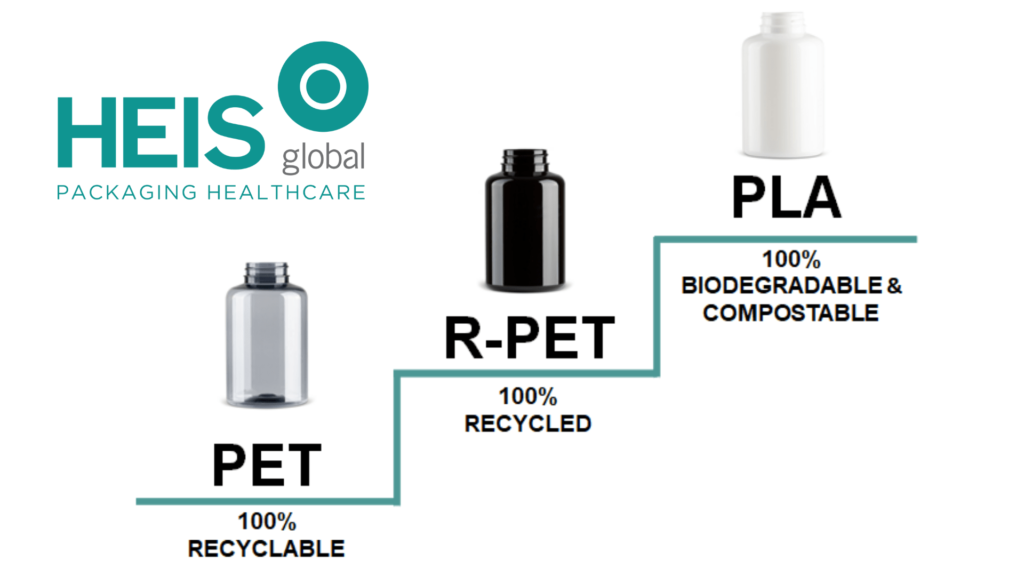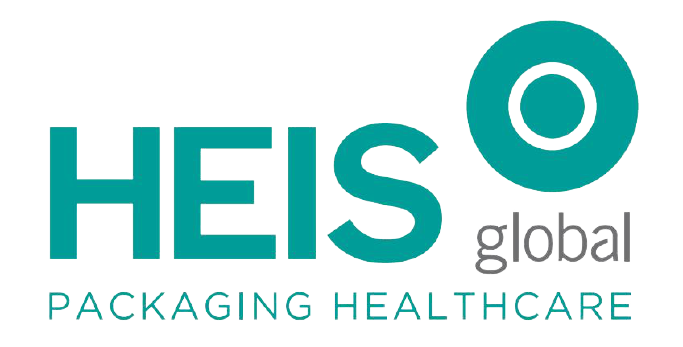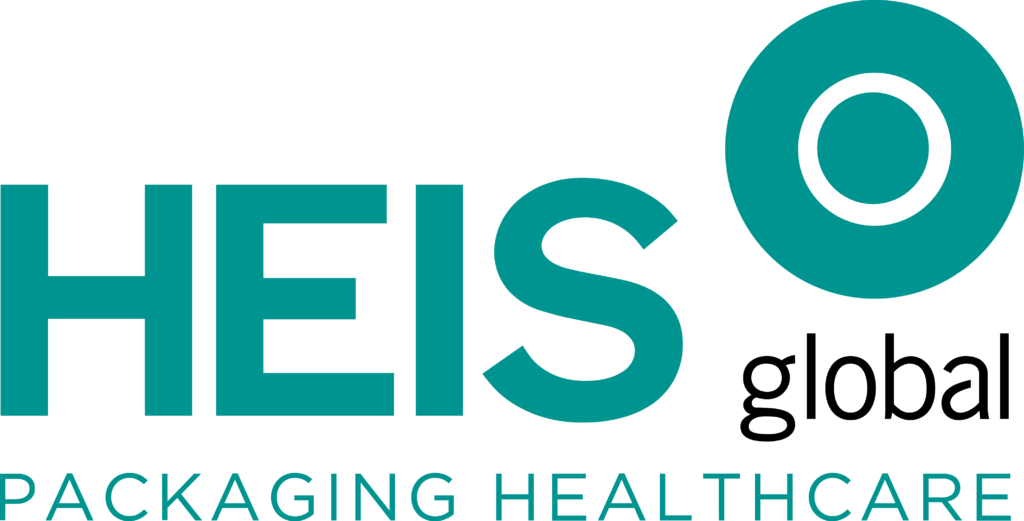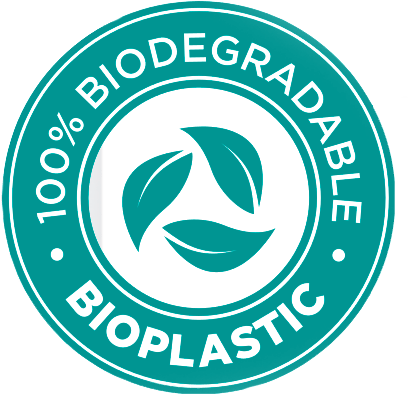After years of research, 100% organic or 100% recycled plastic materials are now a viable alternative for sustainable packaging. The coming generations are becoming more and more eco-conscious and regulations are leading to a future of recycled packaging.
The pharmaceutical industry is looking for new opportunities to rejuvenate its brands for new generations of consumers. From their social media communication to their product packaging, all elements of the pharmaceutical companies’ value chain are being challenged to bring them up to date with the values of their customers.
What are the possibilities for sustainable plastics in the pharmaceutical sector?
Plastic materials for pharmaceutical packaging

The materials are listed below in order of highest to lowest environmental impact:
- PET (polyethylene terephthalate) is the recyclable material par excellence. Its properties make it a very versatile material for the manufacture of packaging for pharmaceutical, nutraceutical and food products.
It has a good CO2, oxygen and moisture barrier, which allows it to store solids and liquids inside as fresh as possible.
After being shredded and extruded under temperature and pressure, it can be reused to make 100% recycled packaging.
- R-PET (recycled polyethylene terephthalate) is the material resulting from the recycling of PET. It represents the last stage of the PET circular economy process, and the one that makes it infinite. After being manufactured, the material is cycled again until it is recycled again. This significantly reduces the amount of plastic that needs to be created.
If the recycling process is done correctly, the resulting material will not lose the initial characteristics that make this polymer one of the most widely used plastics in the world.
- Finally, PLA (polylactic acid) is a bioplastic made from 100% organic raw materials. It is also compostable, so when recycled it will turn into compost in 6 months under the right conditions.
Its barrier properties are similar to those of PET, making it the organic alternative par excellence.
Of the three materials mentioned, it has the lowest carbon impact on the atmosphere. For this reason, it is the most eco-friendly material on the market.
Where to buy sustainable plastics for the pharmaceutical industry
If you are interested in packaging your products in eco-friendly materials, HEIS Global can help you choose the right one for your project. You can contact us using the form on our website or by calling +34 965 810 415.


